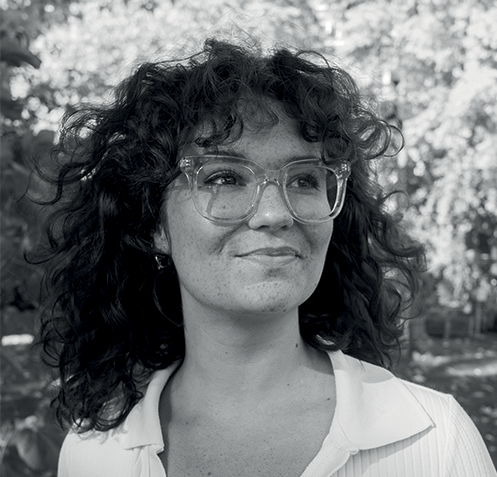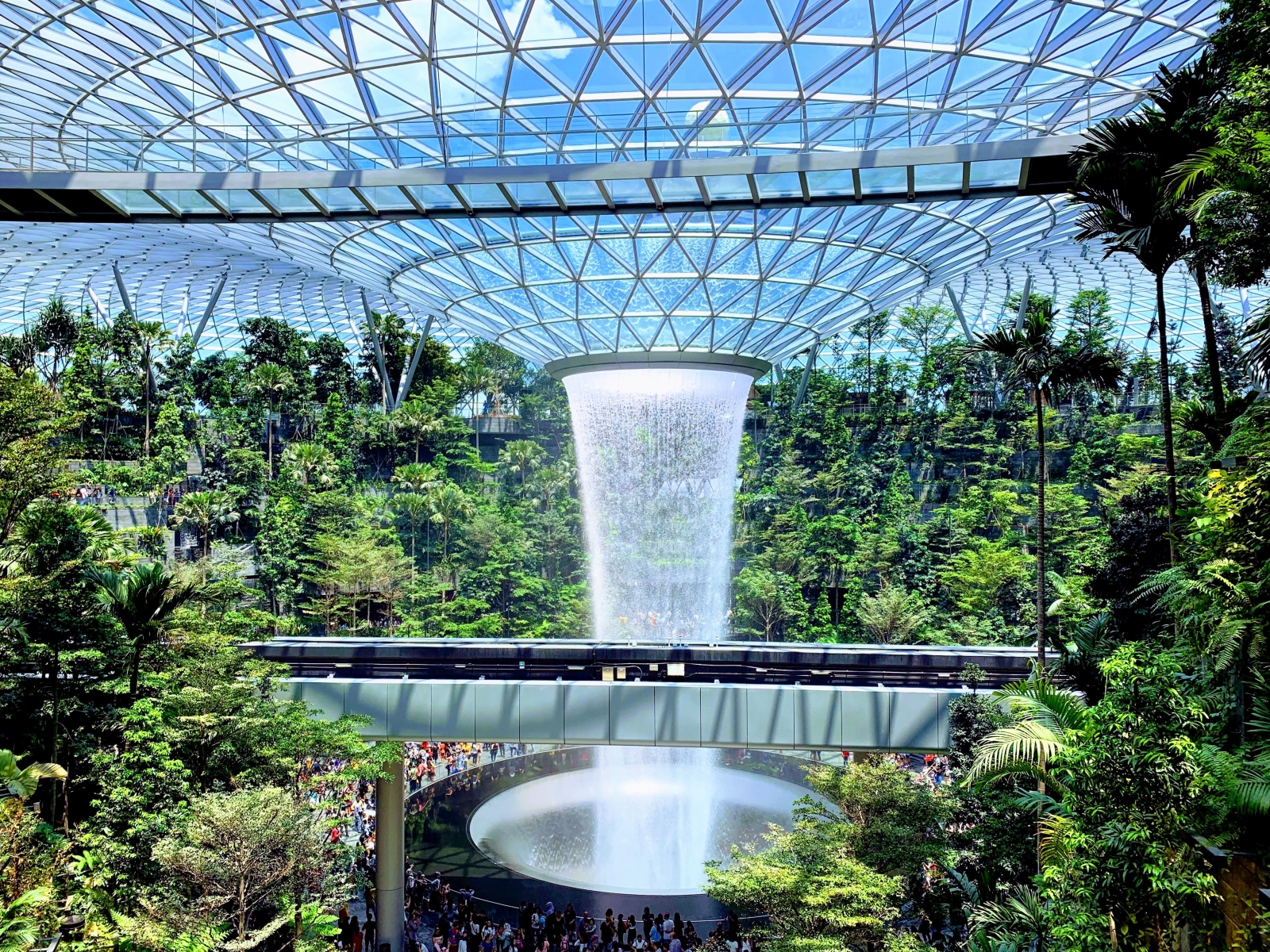Humans are about 60% water. Water covers about 71% of the Earth's surface. It feels like water is all around us, forever available. But approximately 1.1 billion people lack access to it, and 2.7 billion experience water scarcity at least one month a year, reports the WWF.
Linear economy improves water scarcity
Many characteristics of our linear take-make-waste economy heavily stress and endanger our water supply. Combined with global warming-induced megadroughts ‒ a further unfortunate result of our toxic relationship with natural resources ‒ these characteristics create a perfect storm of risk and scarcity for millions.
A handful of rivers and lakes in Colorado, in the United States, are great examples of this: droughts and high temperatures have increased water evaporation rates, and the lakes are drying up and struggling. But compounding this is how the water is used to fulfil the needs of reliant communities across Colorado, New Mexico, Utah, Wyoming, and many Indigenous reservations.
Ultimately, according to research published in Nature Sustainability, the vast majority of water from the rivers funnel to farmers for crop irrigation ‒ overwhelmingly crops to feed beef and dairy livestock. Alfalfa alone guzzles 68% of Colorado's available water. Even during a megadrought.
Circular economy and water
Now, we already know that meat production is one of the most environmentally harmful practices ‒ shooting us over a range of planetary boundaries related to land, water and air. But sometimes, looking at it more locally and personally shows the true extent of its harm and nonsensical character.
If we do not adapt our diets on a massive scale, water issues will persist as our climate warms up and our land dries. And, of course, it's not just food production that drains our water supplies; the rapid growth of the built environment and our insatiable appetites for fast fashion are also huge contributors.
Four flows against water scarcity
We need widespread transformational change, especially in impactful global systems such as food, the built environment, consumables and mobility. But today, I'm highlighting how circular solutions can increase our resilience to water stress and scarcity facing communities.
It's time to spotlight circular innovations on the ground, responding to the reality of an ever more unstable environment. I'll do this through the lens of the four flows of the circular economy: Narrowing (using fewer materials in the first place), Slowing (using materials for longer), Cycling (using materials again), Regenerating (using cleaner, renewable and less toxic materials).
Narrowing water flows
Preserving our precious freshwater resources by using less. Although it varies by country, flushing the toilet can significantly drain household water use—approximately one-third of the total. Mozambique-based Susamati has slashed how much water is needed for this everyday task using black soldier fly larvae. Their toilets require only one cup of water as the fly larvae biodegrade the waste, removing the need for drainage.
In the mining world, an innovation from Canadian company Teck has adjusted freshwater-intensive mineral processes. It has uncovered a method where seawater ‒ a more readily available resource ‒ can be used as an alternative to process copper concentrates.
Slowing and Cycling water flows
Using all types of water for longer-creatively. Solving water scarcity requires bold initiatives. Singapore, a county long-plagued by water insecurity as it cannot store rainfall and imports half of its water supplies from neighbouring countries, has taken matters into its own hands. It has turned to non-conventional sources of water: waste. Well, sewage.
A new membrane technology pegged NEWater treats wastewater and sewage, converting it into safe drinking water and water for industrial purposes. Now, water reuse satisfies 40% of all water needs in Singapore ‒ this is expected to rise to 55% by 2060.
Restoring rivers for ecological and social plus points
Too often, the environment is decimated in the pursuit of economic growth. Fortunately, the Earth's regenerative capacity is a gift we must open enthusiastically. The Chinese region of Xi'an is restoring and regenerating its ancient “eight rivers” that disappeared due to rapid industrialisation, overuse and climate change.
As part of the Eight-rivers Regeneration project, a range of water supply lines, seven wetlands and eight river channels will be restored, while 28 lakes will be reconstructed. This is a beautiful example of restoring nature while boosting the population's green urban space.
This breadth of on-the-ground activity shows us that we are in the process of systems transformation. We will get there one step at a time.
Image: Kate Chong, Unsplash



